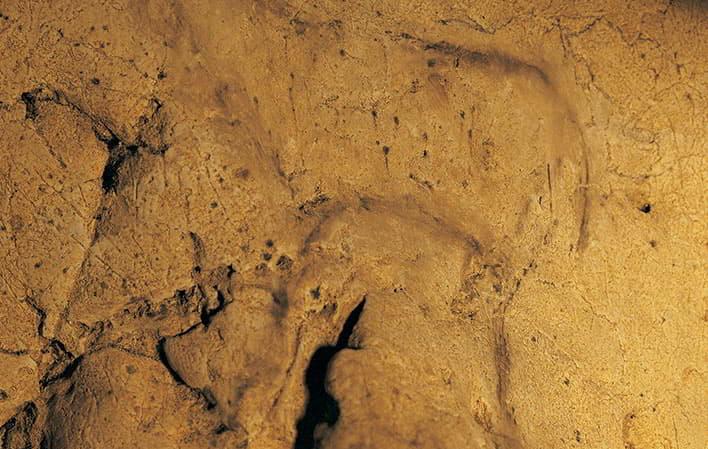
Cave of El Buxu
- Location Cangas de Onís Eastern Asturias
- Address Address: ■ 33589 - Cardes
- Phone Phone: 608 175 467
- Schedules and prices: View
Images
Info
El Buxu Cave is located near the village of Cardes. It was discovered in 1916 and studied shortly afterwards by Count de la Vega del Sella and H. Obermaier, who focused mainly on its parietal art.Its stratigraphy contains important Solutrean levels with lithic and bone industry, accompanied by various examples of movable art, including a rare sculpture of a bird carved on the tusk of a cave bear and a limestone plaque engraved with different motifs (animals, signs and anthropomorphs).
The cave combines paintings and engravings of horses, goats, deer, bison, etc., with geometric and zoomorphic figures. The parietal art of the El Buxu cave also contains varied representations made in different techniques, engravings and paintings, and with a wide repertoire, geometric and zoomorphic figures.According to recent excavations, during some of its Solutrean occupations, it has been possible to determine that El Buxu functioned as a seasonal summer and autumn settlement for hunting deer, chamois and goats.
Admission is limited to visitors over 7 years of age. Visits last 40 minutes and must be booked in advance by telephone 608 175 467(Wednesdays to Sundays from 15:00 to 17:00). Cards are not accepted.
Schedules and prices
- Wednesday to Sunday
- Closed: Monday and Tuesday
- General: 3,13€.
- Reduced: 1,62€.
Children from 7 to 12 years old and over 65 years old
Large family
Youth Card
Period
Palaeolithic cave paintings from the Solutrian and Magdalenian periods.
How to get here
First Name: Cave of El Buxu
GPS: 43.357730,-5.099614
Address: ■ 33589 - Cardes

